Click below to listen to my 2 min. Garden Bite radio show: Gall talk
I sent out a shout out on my Garden Bite facebook page for my followers and received a suggestion to talk about galls!
First, what are they? Galls are abnormal growths that occur on leaves, twigs, roots, or flowers of many plants. There are a LOT of galls!!!
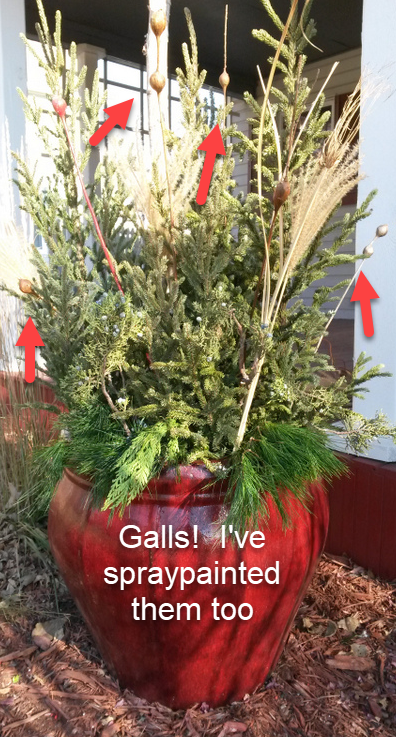
Just a little gall fun! Those round growths are little homes for insects. They have a small hole in each…
Most galls are caused by irritation and/or stimulation of plant cells due to feeding or egg-laying by insects such as aphids, midges, wasps, or mites. Some info from an offbeat site that’s fun: Scientistseessquirrel
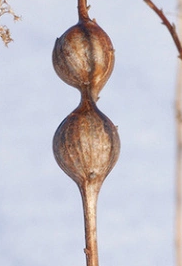
A great intro The Gall of It All by State by State Gardening
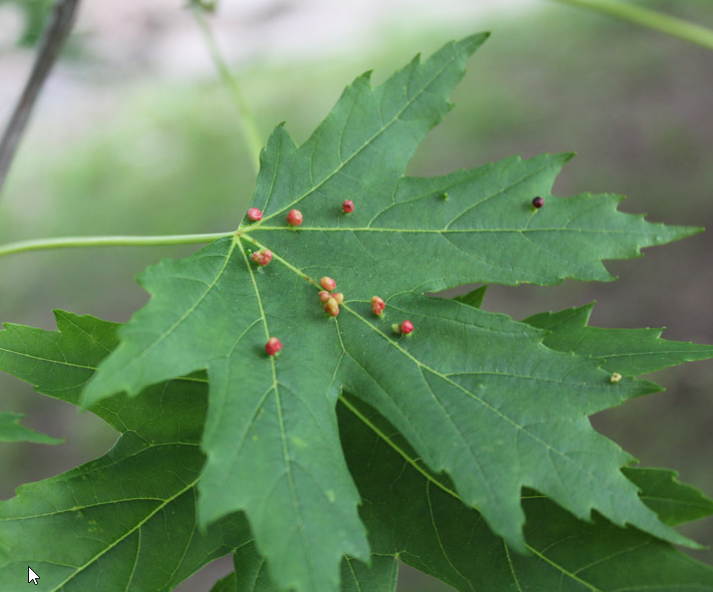
One of the most common galls found in the Midwest is the maple bladder gall, a pouch-like growth on the leaves of maples, especially silver maple, caused by an eriophyid mite. Clusters of small galls form on the leaf surface as they expand in spring. The galls change color from light green to a bright red and eventually to black as the season progresses. The elm finger gall is also caused by an eriophyid mite.
Oaks have a lot of Gall! And yes, they really do. More information from Washington State. Wasps use Oaks as a home. These types of wasps do NOT sting!

Some galls are the result of infections by bacteria, fungi, or nematodes and are difficult to tell apart from insect-caused galls. Seeing the insect or its eggs may help you tell an insect gall from a gall caused by other organisms.
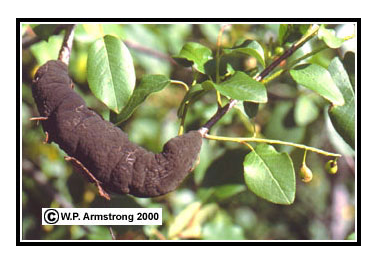
More gall dang information on Wayne’s Word….
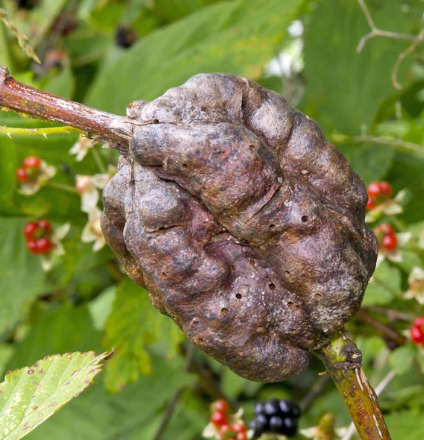
I have a Hackberry tree that’s notorious for having psyllids, which cause galls on the undeside of the leaves. For this tree, in this instance, with this insect, the psyllid, it doesn’t hurt the tree. (I had a tree service tell me I needed to spray the tree for aphids, this is why you MUST check out credentials!)

Each type of gall-producer is specific to a particular kind of plant. Galls may appear as balls, knobs, lumps, or warts, each being characteristic of the causal organism.
In addition to the unusual structure of galls, they draw attention due to their range of colors: red, green, yellow, or black.
Factors such as weather, plant susceptibility, and pest populations affect the occurrence of galls on plants from year to year.
Most of the time, as with my hackberry, galls really don’t hurt anything, although they may stunt growth in some instances.
